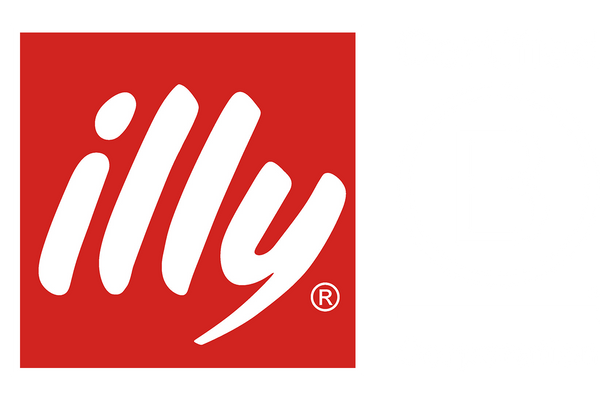According to legend, Kaldi, an Ethiopian shepherd in the 500s AD, discovered the revitalizing effect of coffee cherries through his animals. As a result, he tries to collect these fruits, roast them and grind them.

In the 1500s AD, coffee reached Damascus, Cairo and Istanbul.

In 1591, Prespero Alpini, a physician from Padua, described coffee as "a medicine used in the medical practices of the Egyptians" in his book De Medicina Aegyptiorum.

In 1645 AD, the first coffee shop opened in Venice.

As coffee spread throughout Europe in the 1700s, coffee plants began to be exported.

Swedish biologist Carl Linnaeus classified the coffee plant under the name Coffea family in 1753.

HOW DID THE BOSTON TEA PARTY TURN NEW YORK'S TEA DRINKERS INTO COFFEE LOVERS?
After coffee was introduced to the new world, the first coffee houses began to appear in the 1600s. The number and popularity of coffee houses was increasing day by day, but tea was still the number one beverage until 1773. 3. Riots began as a result of tea taxes imposed on Americans by King George. Behind this political uprising was the Boston Tea Party, known for changing American drinking habits. The Boston Tea Party took place on December 16, 1773, at Griffin's Wharf, Boston, Massachusetts. American colonists revolted against tea taxes imposed by the British and dumped 342 cases of tea sent by the British East India Company into the harbor. Many colonists then started drinking coffee to protest these taxes.

INTRODUCTION OF COFFEE BY THE DUTHS IN NEW YORK AND THE DEVELOPMENT OF THE COFFEE INDUSTRY
In the 17th century, the worldwide demand for coffee was met by the Dutch obtaining coffee seedlings from Arab regions. Although the first planting attempts of the Dutch in India were unsuccessful, they were successful in their attempts on Java Island in Indonesia. With the growing coffee industry, the Dutch developed coffee bean cultivation and expanded production to Sumatra and Celebes. In 1714, coffee was brought to America by the Mayor of Amsterdam. The same mayor also presented a young coffee plant to King Louis XIV of France. As a result, the saplings began to be planted in the Royal Botanical Gardens in Paris. When Gabriel de Clieu, a naval officer, brought the seeds from this coffee tree to Martinique, the seedlings began to be planted on the Caribbean Island in Martinique in a short time, and the number of coffee trees exceeded 18 million in 50 years. What is truly fascinating is the seed used; It is the origin of all coffee trees throughout Central America, South America and the Caribbean.

Missionaries, explorers, travelers, colonists and traders took these coffee seeds wherever they went and planted them wherever they could. As coffee cultivation began to establish itself in tropical forests, some seeds were able to bear fruit, while others died. But these experiments grew the coffee industry incredibly, as a result of coffee fruits spreading all over the world. 18th century Towards the end, coffee has become one of the most popular industries globally. 18th century Coffee, which became one of the most popular products in the world as a result of increasing export rates towards the end of the world, ranked 2nd after crude oil.
New York was called New Amsterdam until it was renamed by the British. The Dutch introduced tea to New Amsterdam before coffee became such a preferred beverage. After the uprising of the Boston Tea Party, coffee gradually replaced tea and began to enter New Yorkers' homes as a favorite beverage among countless beverages.
Following the steps of New York, the number of coffee shops began to increase in the world's well-established cities such as London and Paris. A detail that makes this story beautiful is that it was the tea cases spilling from the port into the sea that ignited the bond between New York and coffee...

